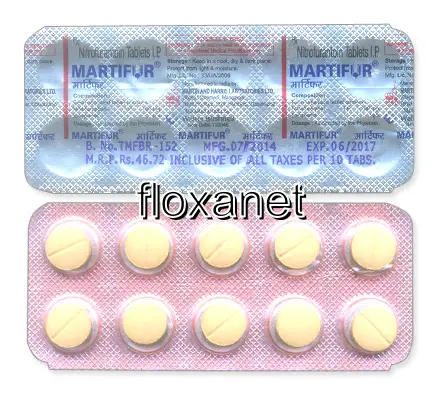| Package | Dosage | Price | Price per Dose | |
|---|---|---|---|---|
| Dosage: 50mg | ||||
| 360 pill | 50mg | €361.83 | €1.01 | |
| 180 pill | 50mg | €186.82 | €1.04 | |
| 120 pill | 50mg | €140.71 | €1.17 | |
| Dosage: 100mg | ||||
| 360 pill | 100mg | €255.41 | €0.71 | |
| 180 pill | 100mg | €148.98 | €0.83 | |
| 120 pill | 100mg | €115.87 | €0.97 | |
| 90 pill | 100mg | €95.77 | €1.06 | |
| 60 pill | 100mg | €69.76 | €1.17 | |
| 30 pill | 100mg | €41.38 | €1.38 | |

Nitrofurantoin Monohydrate Description
Introduction to Nitrofurantoin Monohydrate
Nitrofurantoin Monohydrate is a widely used medication primarily prescribed to treat urinary tract infections (UTIs). It belongs to the class of antibiotics called nitrofurans, which work by interfering with bacterial cell processes, preventing bacteria from multiplying and effectively eliminating infection. This medication is often favored due to its targeted action in the urinary tract, minimizing systemic effects while providing effective relief from infection symptoms.
How Nitrofurantoin Monohydrate Works
The active compound, nitrofurantoin, is reduced by bacterial enzymes to produce reactive intermediates. These intermediates damage bacterial DNA, ribosomal proteins, and other vital cell components. Since human cells contain fewer of these bacterial enzymes, the drug selectively targets bacteria, making it an effective antibiotic with relatively low toxicity. Nitrofurantoin Monohydrate is absorbed quickly through the gastrointestinal tract and concentrates well in the urine, which is essential for fighting urinary infections.
Uses and Effectiveness
This medication is mainly prescribed for uncomplicated lower UTIs, including cystitis and urethritis. It is effective against a range of bacteria, including Escherichia coli, Enterococci, and some strains of Staphylococcus. Due to its specific action, Nitrofurantoin Monohydrate has a high rate of success in clearing urinary infections when taken correctly. Its use is generally limited to short to medium-term courses to reduce the risk of bacterial resistance.
Advantages of Nitrofurantoin Monohydrate
One of the main benefits of this medication is its targeted activity in the bladder, which results in fewer systemic side effects. It is considered safe for most patients, including those with mild to moderate kidney impairment, although renal function should always be monitored. The drug is generally well tolerated, with common side effects being mild and reversible.
Potential Side Effects and Precautions
While Nitrofurantoin Monohydrate is safe for many, some individuals may experience side effects. These can include nausea, vomiting, diarrhea, and occasionally allergic reactions such as rash or itchiness. Rare but serious side effects involve lung reactions, nerve damage, or hemolytic anemia, especially in individuals with G6PD deficiency. Patients with kidney disease or those pregnant, especially in later stages, should consult their healthcare provider before use to weigh the risks and benefits.
Administration and Dosage
Typically, Nitrofurantoin Monohydrate is taken orally, with dosages adjusted based on the severity of the infection and patient-specific factors. It is important to follow the prescribed directions carefully. Taking the medication with food can reduce gastrointestinal discomfort, enhancing tolerability. Completing the full course of treatment ensures the infection is fully eradicated and helps prevent antibiotic resistance.
Storage and Handling
The medication should be stored in a cool, dry place, away from direct sunlight and moisture. Keep it out of reach of children. Do not use expired medication, as its effectiveness can diminish over time. Proper storage ensures the medication maintains its potency and safety until the last dose.
Conclusion
Nitrofurantoin Monohydrate remains a valuable option in the treatment of urinary tract infections. Its targeted mechanism helps to clear infections efficiently with a favorable safety profile for most users. However, like all antibiotics, it requires proper use and adherence to prescribed guidelines to maximize benefits and minimize risks. Always consult a healthcare professional to determine if this medication is appropriate for your specific condition and medical history.